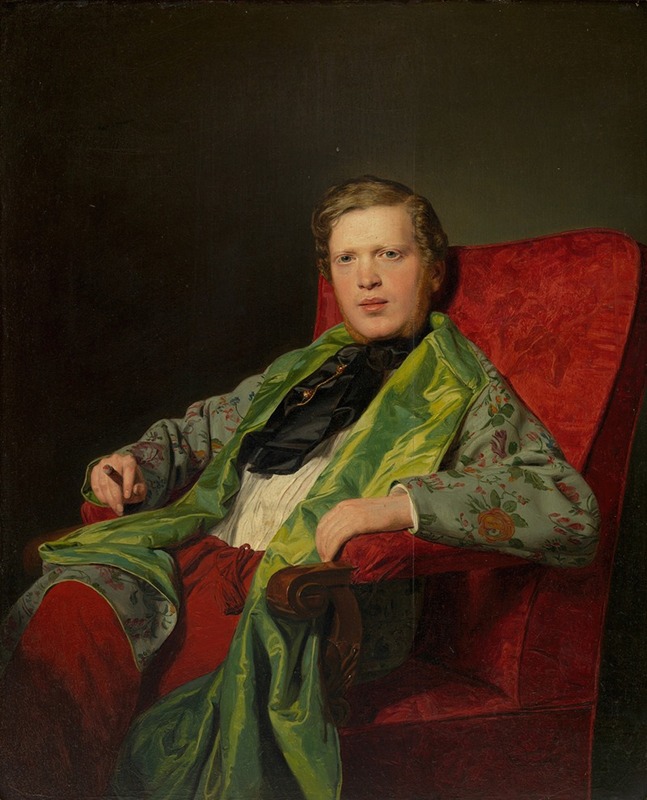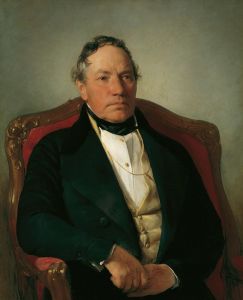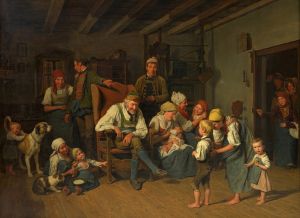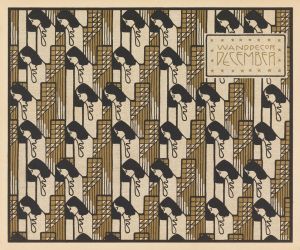
Emanuel Ritter von Neuwall
A hand-painted replica of Ferdinand Georg Waldmüller’s masterpiece Emanuel Ritter von Neuwall, meticulously crafted by professional artists to capture the true essence of the original. Each piece is created with museum-quality canvas and rare mineral pigments, carefully painted by experienced artists with delicate brushstrokes and rich, layered colors to perfectly recreate the texture of the original artwork. Unlike machine-printed reproductions, this hand-painted version brings the painting to life, infused with the artist’s emotions and skill in every stroke. Whether for personal collection or home decoration, it instantly elevates the artistic atmosphere of any space.
Emanuel Ritter von Neuwall by Ferdinand Georg Waldmüller is a portrait painting created by the Austrian artist Ferdinand Georg Waldmüller. Waldmüller, born in 1793 and active during the 19th century, is widely regarded as one of Austria's most prominent painters of the Biedermeier period. Known for his detailed and realistic depictions of landscapes, still lifes, and portraits, Waldmüller’s work often reflects the cultural and social values of his time.
The painting depicts Emanuel Ritter von Neuwall, a member of the Austrian bourgeoisie or nobility, as suggested by the honorific "Ritter," which translates to "knight" in English. The title "von" also indicates noble lineage. While specific biographical details about Emanuel Ritter von Neuwall are scarce, his inclusion as the subject of a Waldmüller portrait suggests that he was a figure of some prominence or wealth during his lifetime, as commissioning a portrait by such a renowned artist would have been a significant investment.
Waldmüller’s portraiture is celebrated for its meticulous attention to detail and ability to capture the personality and status of his sitters. In this painting, Waldmüller employs his characteristic precision in rendering textures, fabrics, and facial expressions, creating a lifelike representation of the subject. The work exemplifies the Biedermeier aesthetic, which emphasized clarity, order, and a focus on the individual, often reflecting the values of the rising middle class in 19th-century Europe.
The exact date of the painting is not specified in available records, but it likely falls within Waldmüller’s most active period as a portraitist, which spanned the 1820s to the 1850s. During this time, Waldmüller gained widespread recognition for his ability to combine technical mastery with an acute sensitivity to the character of his subjects.
The painting is an example of Waldmüller’s skill in capturing not only the physical likeness of his sitters but also their social standing and personal dignity. The composition, lighting, and attention to detail in the work reflect the artist’s commitment to realism and his deep understanding of human expression.
As of now, the current location of the painting and its provenance are not widely documented in public sources. Further research may provide additional insights into the history of the artwork and its subject.


















